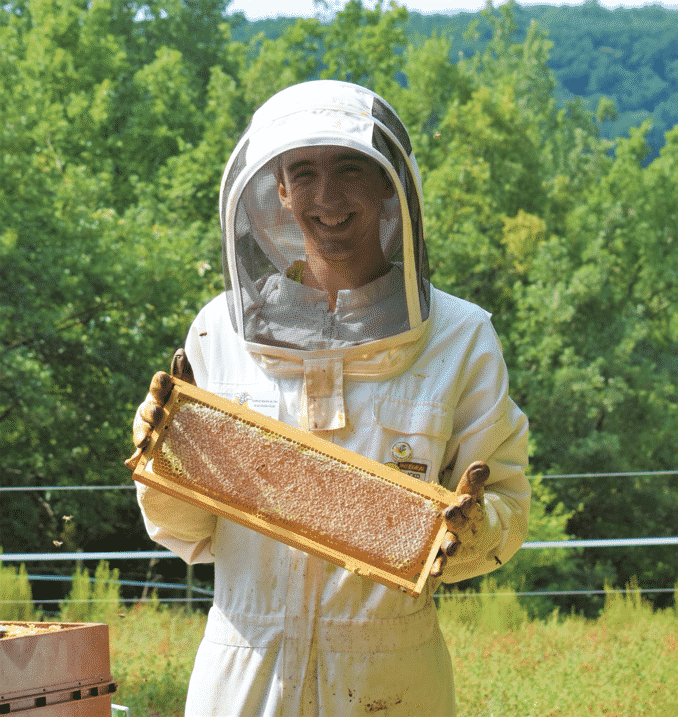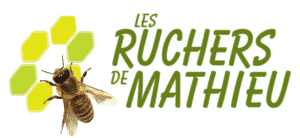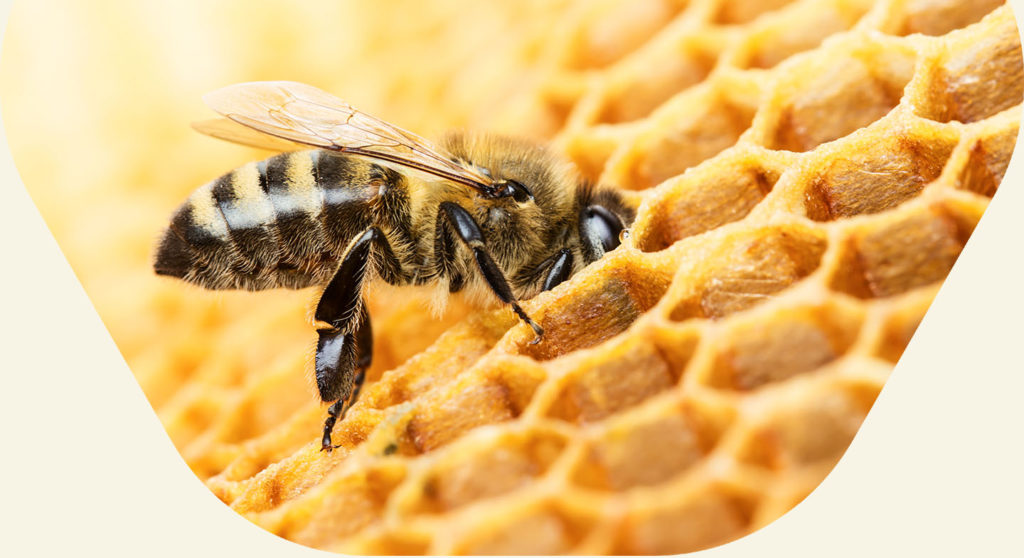API of the Month
Mathieu Domecq
Editor-in-chief of the API blog of the month
The season has started at full throttle! Your API blog provides all my tips on harvesting supers. We’ll also tell you about the beehives installed for the API brand in collaboration with our services.
Following on from conversations with professional beekeepers, it seems the season started extremely quickly for everyone. A large number of swarms had to be monitored and the supers had to be placed on the rapeseed honeydew, which was very quickly followed by the acacia honeydew and bramble. In the south, in the Toulouse region, we’re told this hadn’t been seen for 15 years…

New beehives for API SUDSUCKER
We’re delighted to share some news with you! Your API brand has chosen to sponsor five hives on our farm to improve our approach to raising awareness.
This will also help the group to achieve a better understanding of colony development, gain experience and produce its small pots of honey!
At Les Ruchers De Mathieu, we’re passionate about helping these processes as we do with many companies today, including Pierre Fabre, SPIE, Véolia, Soflac, Jardinerie Tarnaise and the Tarn municipalities.
Sponsorship is a great way to increase the population thanks to funds pledged by the sponsor. We then invest in new hives and create new swarms.
The five API beehives have been doing very well in recent weeks. Soon we’ll place them on their final hive, which we’ll show you with some pictures next month!
A new season!
Not every region in France has the best climate conditions. In the last few weeks, it’s become warmer and warmer in the south of France, with temperatures often exceeding 30°C! We suffer from a lack of water and if we don’t get some rain soon, it could harm future blossoms like the chestnut tree. The rest of the country has had stable conditions that have led to good harvests.
The National Apiculture Union has informed us of significant reports of bees dying due to Varroa mites. Health development measures are progressing to improve our veterinary products.
In terms of queen breeders, fertilisation acceptance is much less successful than last year – down by more than 10% among professionals.

Harvesting supers is on the agenda!
For this season, I thought it would be a good idea to talk to you about different ways to remove the supers, especially for our beginners who are seeing their colonies boom!
Harvesting must be done quickly as it causes stress, panic and disorganisation in the colony. Bees can respond violently to our actions. Harvest on a nice day, with no wind and with warm temperatures, and you’ll avoid any problems.
There are a number of ways to lift the supers, the main ones being:
- A natural hair or nylon brush, which enables you to sweep out the bees. Depending on how it is used, it may make the bees aggressive. You have to brush firmly and energetically because if you do it gently, you’ll roll the bees into the brush and irritate them. The trick is to shake your frames in front of the beehive first by hitting them with your wrist (but not the beehive). You’ll remove many of the bees going in through the door. You then brush out the rest of the bees before placing this frame in an empty super, covered with a roof and with a base to create a box. The aim is not to leave with bees in it!
I recommend this technique when you have fewer than ten beehives in one place to avoid disturbing every hive before you’ve finished. - A leaf blower to work faster and get less tired. Once the number of colonies increases, large-scale beekeepers use a leaf blower. With the super placed on your roof, it will be blown strongly. It only takes around 3 minutes. The bees fly into the air and gather en masse on the front of the beehive. They don’t act aggressively.
However, the risk may be that the queen is sent into the grass and cannot return to the hive, making the colony orphans. It is best to use a queen excluder. - A bee escape board is ideal for city hives and amateur beekeepers. The most popular model is the diamond shape. It’s based on the flattened funnel principle. Starting from the assumption that bees circulate continuously between the body and the supers, the idea is to make this movement one-way. Blocked by this system, the bees can no longer go up in the super once they’ve gone down.
To use it, your wooden frame cover must be perforated with a hole in the centre of at least 100 mm. You’ll attach the bee escape board to it and position it 24 hours before the harvest (downwards) between the body and the super of your beehive without touching the frames. During the night, many of the bees will have left the honey frames to warm the brood. The next day, you can take your super and close the hive. It’s worth noting that if you have a brood in the super, it’s not worth it as they won’t go down! Again, we recommend using the queen excluder.
With these tips, everyone will find what suits them best. A word of advice is to opt for the blower or bee escape board when you have more than ten hives in order to move quickly and avoid causing panic. You can enjoy quiet observation by using the brush on your small beehives.
So, get ready for honey extraction and be sure to send us your photos – we’ll post them on our website from social media with the hashtag: #apifonda #apiinvert!
We’ll be back next month on your API blog with your faithful partner, Les Ruchers De Mathieu!

LES RUCHERS DE MATHIEU
Honey & Beekeeping Shop
Photos ©lesruchersdemathieu


